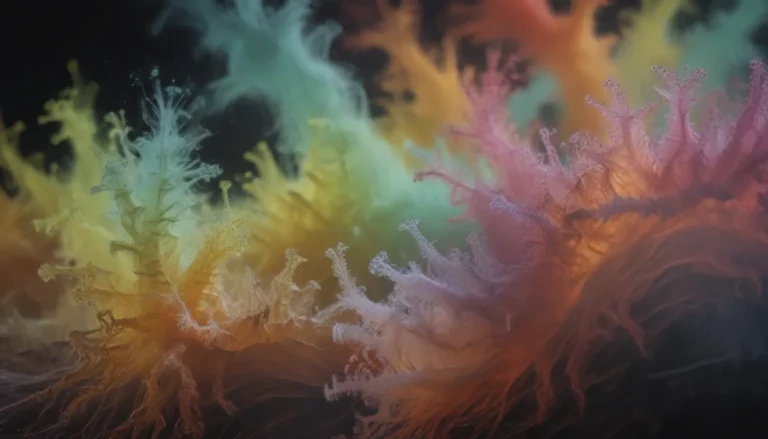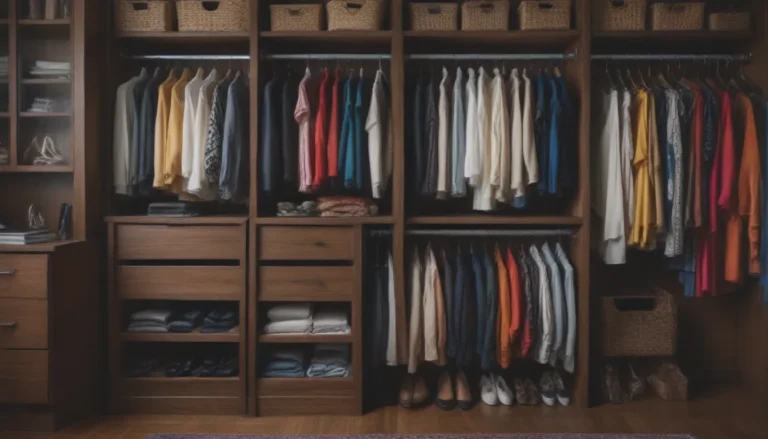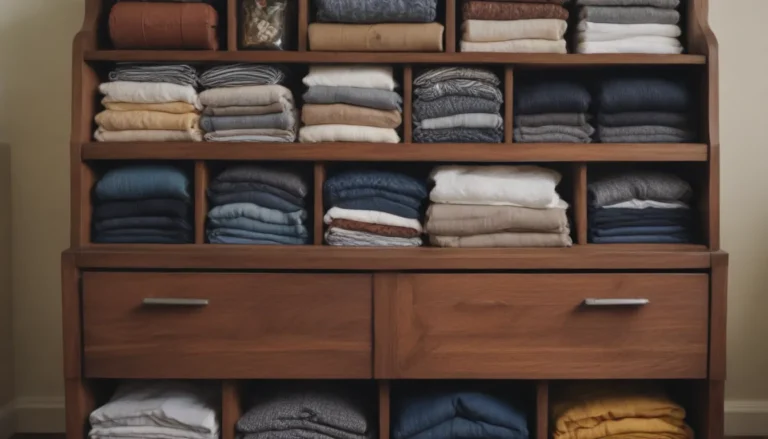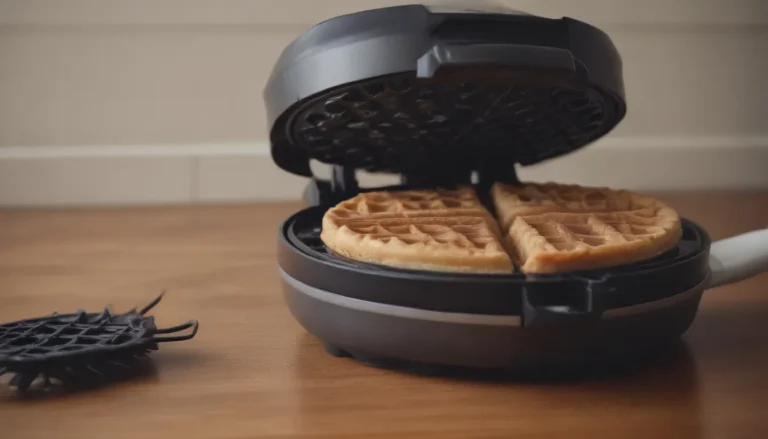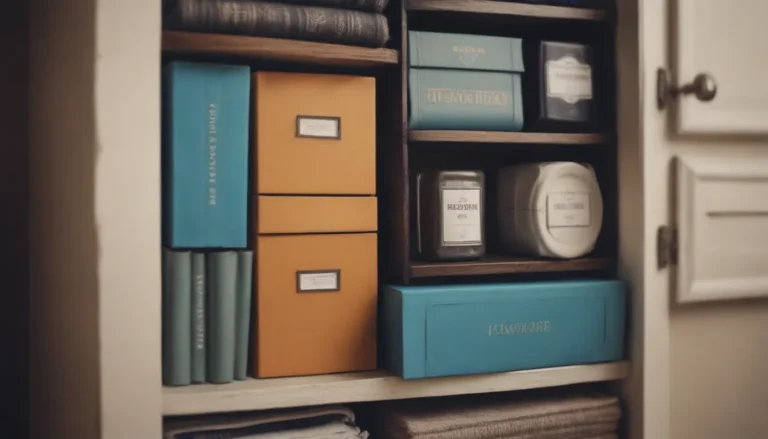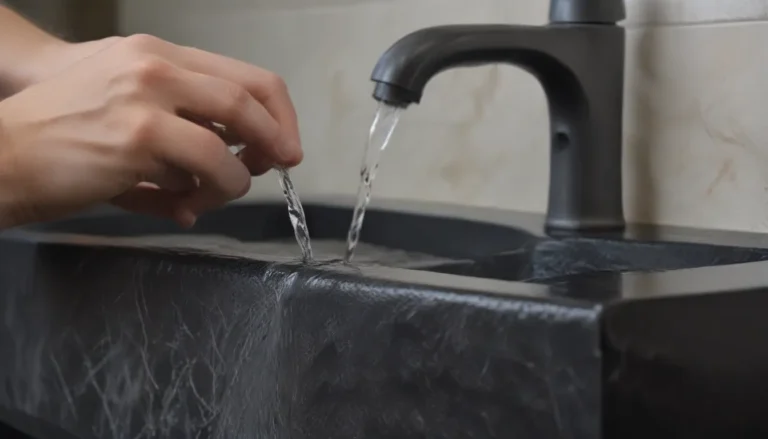The Ultimate Guide to Using Chlorine Bleach for Laundry Success
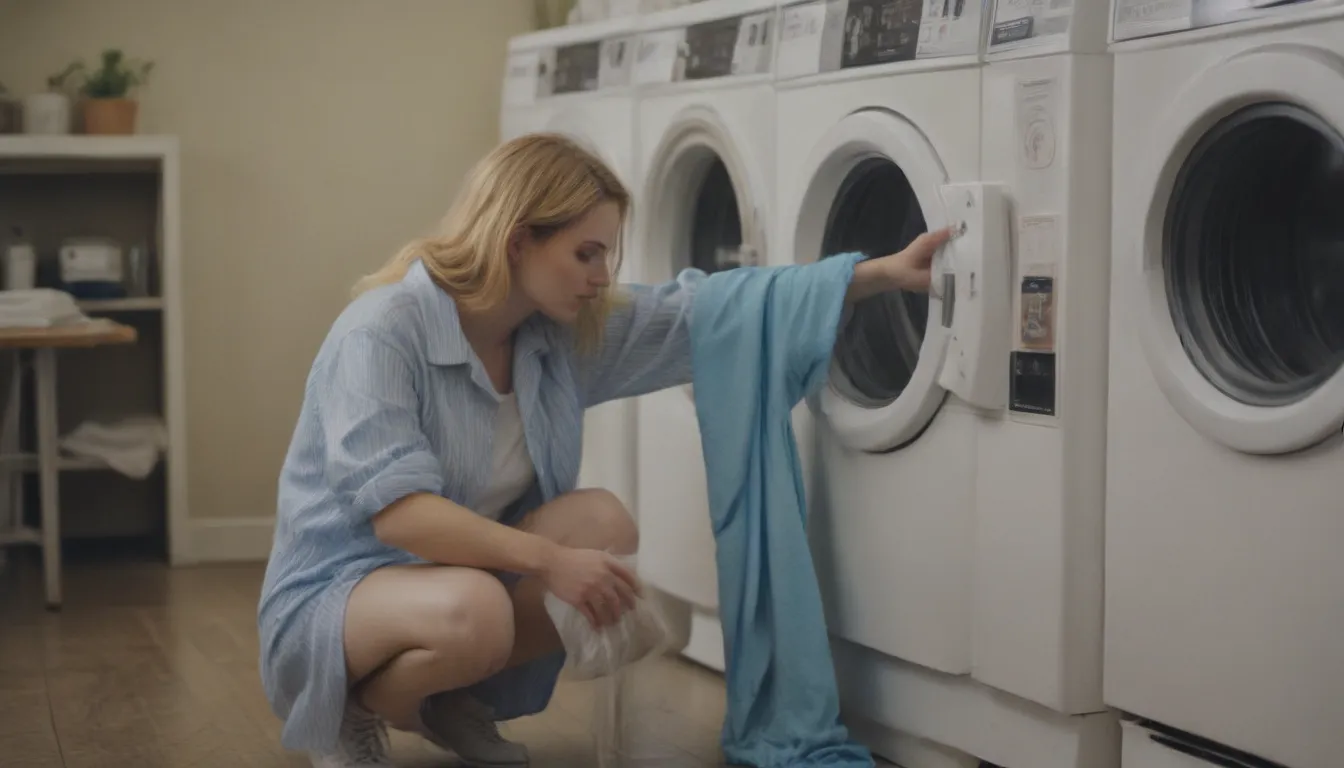
Chlorine bleach is a versatile laundry staple that many of us rely on for whitening clothes, removing stains, and disinfecting laundry. Whether you’re a seasoned bleach user or just starting out, it’s essential to ensure you’re using this powerful product correctly to get the best results while keeping your clothes and yourself safe. In this comprehensive guide, we’ll cover everything you need to know to maximize the benefits of chlorine bleach in your laundry routine.
Why Chlorine Bleach?
Before we dive into the tips and tricks for using chlorine bleach effectively, let’s talk about what chlorine bleach actually is. Household laundry chlorine bleach is a 5.25% solution of sodium hypochlorite and water. This powerful solution oxidizes in water to help remove soil and organic matter, acting as a disinfectant to kill bacteria, fungus, and viruses. It’s particularly effective in whitening cotton, linen, and natural fabrics. The distinct chlorine odor you smell when using bleach indicates that it’s breaking down organic matter. If the odor persists after washing, it means that the garment or linen is not completely clean.
While liquid chlorine bleach is the most common form found in stores, there are also dry versions available. Brands like Clorox are well-known for their chlorine bleach products, but it’s important to check the sodium hypochlorite concentration on the label to ensure its effectiveness as a disinfectant. To achieve optimal results, look for products with a 5.25% to 6.15% concentration of sodium hypochlorite.
Tips for Better Laundry Results
Now that you have a better understanding of what chlorine bleach is, let’s explore some practical tips to help you maximize its potential in your laundry routine.
Tip #1: Test Items Before Bleaching
Before using chlorine bleach on a garment, it’s crucial to test the fabric’s reaction to the bleach. To do this, mix one teaspoon of bleach with two teaspoons of warm water and apply the solution to an inconspicuous spot on the garment. Use a cotton swab to dab the fabric and allow it to dry completely. If you notice any color changes on the fabric or color transfer to the swab, avoid using chlorine bleach on that fabric. This test is especially important for garments made of polyester, nylon, or other synthetic fibers, as chlorine bleach can cause adverse reactions like yellowing in white polyester.
Tip #2: Never Mix Bleaches or Bleach and Ammonia
It’s essential to avoid mixing chlorine bleach with other types of bleach, such as oxygen bleach, or with household ammonia. Combining these substances can create harmful chemical reactions that not only damage your clothing but also pose serious health risks, including respiratory problems and potential fatality. Always use bleach safely and according to the manufacturer’s instructions.
Tip #3: Dilute for Best Results
To ensure optimal results and protect your fabrics, never pour chlorine bleach directly onto clothing. Instead, dilute one cup of bleach in one quart of warm water before adding it to the washer drum or soaking tub. This dilution method helps prevent fiber weakening, fabric holes, and excessive color removal. If your washer has an automatic dispenser, the bleach will be added at the right time, ensuring proper dilution and fabric protection.
Tip #4: Wait to Add the Bleach
Allow the enzymes in your laundry detergent to work on breaking down stains and soil before adding diluted bleach to the wash cycle. Waiting about five minutes after the wash cycle begins ensures that both products can work effectively without interfering with each other’s effectiveness. If your washer has an automatic bleach dispenser, it will add the bleach at the appropriate time for optimal results.
Tip #5: Make It Hot, Hot, Hot
For best whitening results, consider using hot water when using chlorine bleach. While it can work in warm or cold water, its effectiveness is maximized in hot water. Adjusting the water temperature can enhance the whitening power of chlorine bleach, helping you achieve the desired results with your laundry.
Tip #6: Keep It Fresh
Chlorine bleach is sensitive to light and temperature, so proper storage is essential to maintain its effectiveness. Store bleach in a cool, dark place around 70 degrees Fahrenheit to prevent exposure to light and excessive heat. Liquid chlorine bleach typically loses potency within six to twelve months after purchase, affecting its disinfecting and cleaning capabilities. Using expired bleach may dilute the solution, reducing its effectiveness in your laundry routine.
By following these tips and best practices, you can make the most of chlorine bleach in your laundry routine while ensuring optimal results and safety for your clothes and yourself. Incorporating these strategies into your daily washing routine can help you achieve whiter whites, brighter colors, and cleaner fabrics with ease.
Conclusion
Chlorine bleach is a powerful ally in your laundry room, helping you tackle tough stains, disinfect fabrics, and achieve brighter, cleaner clothes. By understanding how to use chlorine bleach safely and effectively, you can enhance your laundry results and keep your clothes looking their best. Remember to test fabrics before bleaching, never mix bleach with other substances, dilute properly, wait to add bleach, consider using hot water, and store bleach correctly to maintain its potency. With these tips in mind, you can confidently incorporate chlorine bleach into your laundry routine and enjoy fresher, cleaner garments every time.
So, next time you reach for that trusty bottle of chlorine bleach, remember these tips and tricks to ensure you’re getting the most out of this versatile laundry product. Happy laundering!
